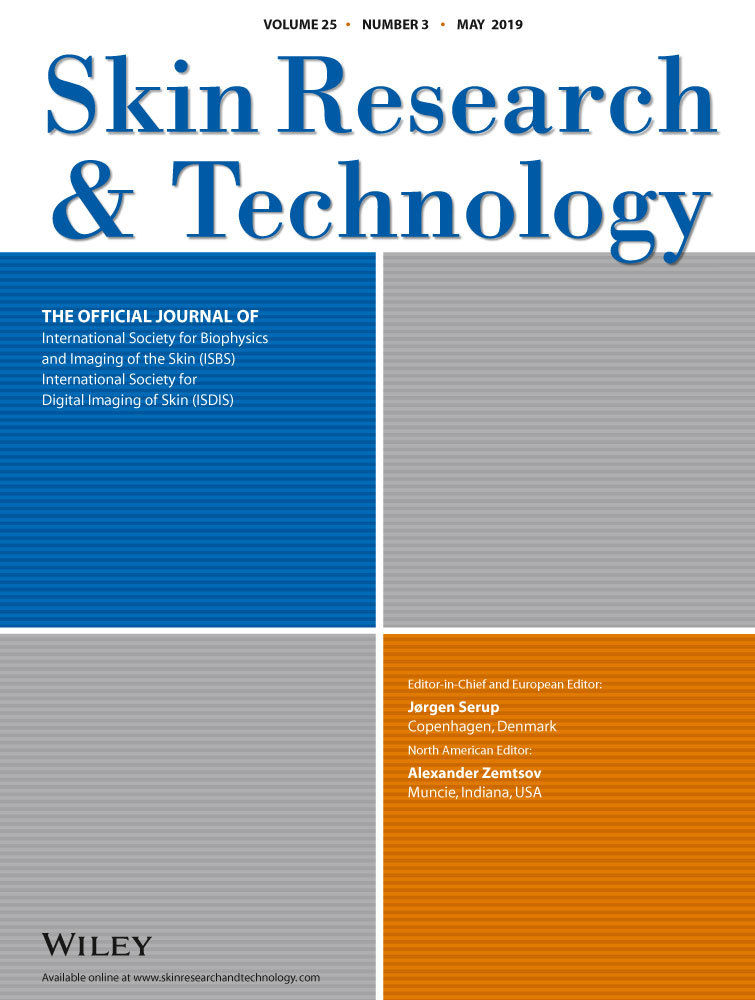Gradient-based 3D skin roughness rendering from an in-vivo skin image for dynamic haptic palpation
Abstract
Background/Purpose
Many studies have revealed the importance of palpation for dermatologists; however, palpation is not always possible due to the risk of secondary infections or the risk of damaging the affected area. Thus, haptic rendering for indirect palpation using in-vivo skin images, which will enable to examine a real three-dimensional (3D) skin sample by virtual touch without directly palpating the infected skin area, could be a useful technology in dermatology.
Methods
We propose a new method of accurate 3D skin surface reconstruction using simple gradients from a single skin image for accurate 3D roughness rendering with a haptic device. Our approach takes advantage of bilateral filtering to preserve skin roughness and image gradients in order to generate a 3D skin surface (polygonal meshes) while preserving skin wrinkles and rough surface textures.
Results
Our method was evaluated using two experiments. The accuracy was tested with six 3D ground-truth surfaces and four clinical skin images (acne, miliaria, sweet syndrome, and herpes simplex). For objective evaluation, a well-known 3D roughness estimation method and the Hausdorff distance were adopted to compute errors. All results showed that the accuracy of our method is superior to that of the two existing methods.
Conclusion
Haptic roughness rendering for skin palpation examination requires efficient and accurate 3D surface reconstruction. In this study, we developed a new method that can be used to reconstruct a 3D skin surface accurately while preserving roughness through the use of a single skin image.
CONFLICT OF INTEREST
The author declares that there are no conflicts of interest.




